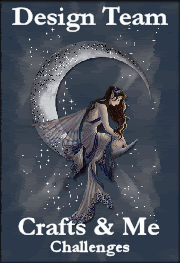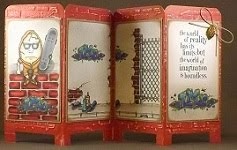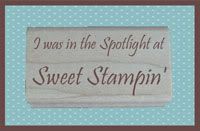I have a Dover digital image of a wizard brewing something spectacular with the help of his tiny dragon companion. I want to convey the mood of fantasy, mystery and imagination. The color purple denotes mystery and intrigue. Purple is associated with royalty, spirituality, imagination and inspiration. I need that deep, bright bluish-purple, like a royal purple.
I immediately reach for my handy-dandy Copic Marker Hand Color Chart. (The marker cap colors are very deceiving and don’t provide a true value of the marker color.) Uh oh. I do not see an appropriate color after a quick look through the blue violets and violets. Hmmm. I glance at my blues and find that B79 Iris might work but it’s a little more blue than I’d like it to be. What to do? What to do? FV2 (fluorescent dull violet) to the rescue!
I started to fill the area of the cauldron and used B66 Clematis for my base layer, FV2 for my medium shade, then added some deeper shading with my B79. It still wasn’t quite dark enough so I added a more narrow shaded area using T6. I’m happy with the deep, dark, mystical color of my wizard’s cauldron. I get the feeling something really magical is brewing there.
I want the wizard’s robe to be the same royal purple color but opted to leave the FV2 out of that part of the image to see what difference it will make to my whole image. I really appreciate being able to easily see the comparisons for future reference.
I used FB2 (fluorescent dull blue) on the dragon to highlight the magical feel of that loyal and faithful mystical companion.
So, you see, in this example, that shading with Copic fluorescent marker colors can add a certain flare to your images that you might not otherwise be able to achieve by using just the colors represented by the markers alone.
May you always be able to create the perfect look with a simple tweak of your resources . . .
Subscribe to:
Post Comments (Atom)




















































































No comments:
Post a Comment